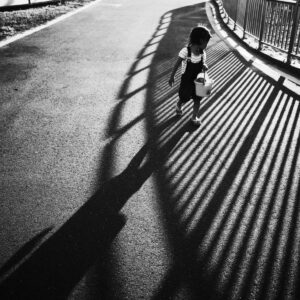Black women are disproportionately affected by racial biases

I’m Cornelius Levering, program coordinator for our Child Welfare program. The year 2020 has exposed the racial and economic inequities embedded into our society due to the COVID-19 pandemic. While we must recognize these stark inequities, this is not new. In 2021, we plan to dive deeper into the evolution of the child welfare system by starting discussions and sharing expertise and experiences of those disproportionately impacted by the system.
To begin, we must first understand the historical context to clearly see how the child welfare system evolved. Child welfare services in our country evolved from private “child-saving” efforts in the 19th century into a system of government-funded interventions aimed at identifying and protecting children from maltreatment, seeking to rehabilitate and reunify families that come to the attention of child welfare authorities, and finding permanent homes for children who cannot safely remain with their families. However, contrary to the mainstream narrative, child welfare systems continue to oppress, over-surveil, separate, and marginalize Black, brown, and indigenous communities.
In the article, Black Families Matter: How the Child Welfare System Punishes Poor Families of Color, authors Dorothy Roberts and Lisa Sangoi point out:
“Racial disparities exist at every stage of child welfare decision-making. Black families are more likely to be reported to the child abuse hotline and investigated for child abuse and neglect. They are more likely to have cases against them substantiated and to have their children removed from their care.
In 2000, black children represented 36 percent of children in foster care, despite accounting for only 15 percent of the child population. Despite a trend toward decreasing foster care rolls since the early 2000s, black children still comprise nearly a quarter of the children in foster care, according to a 2016 report.”
In learning and understanding this information, we must acknowledge the harms of institutional racism and biases. Racial biases, some intentional and some not, are prevalent across all of America’s systems.
GET INVOLVED
- Black women are disproportionately affected by racial biases within the child welfare system. Share this blog with all the important women in your life.
- Follow us on Facebook and Twitter for our 2021 series, Challenging Racial Inequity in the Child Welfare System.
We look forward to continuing this discussion with you all in 2021. Happy holidays.


Native children are also disproportionately affected.